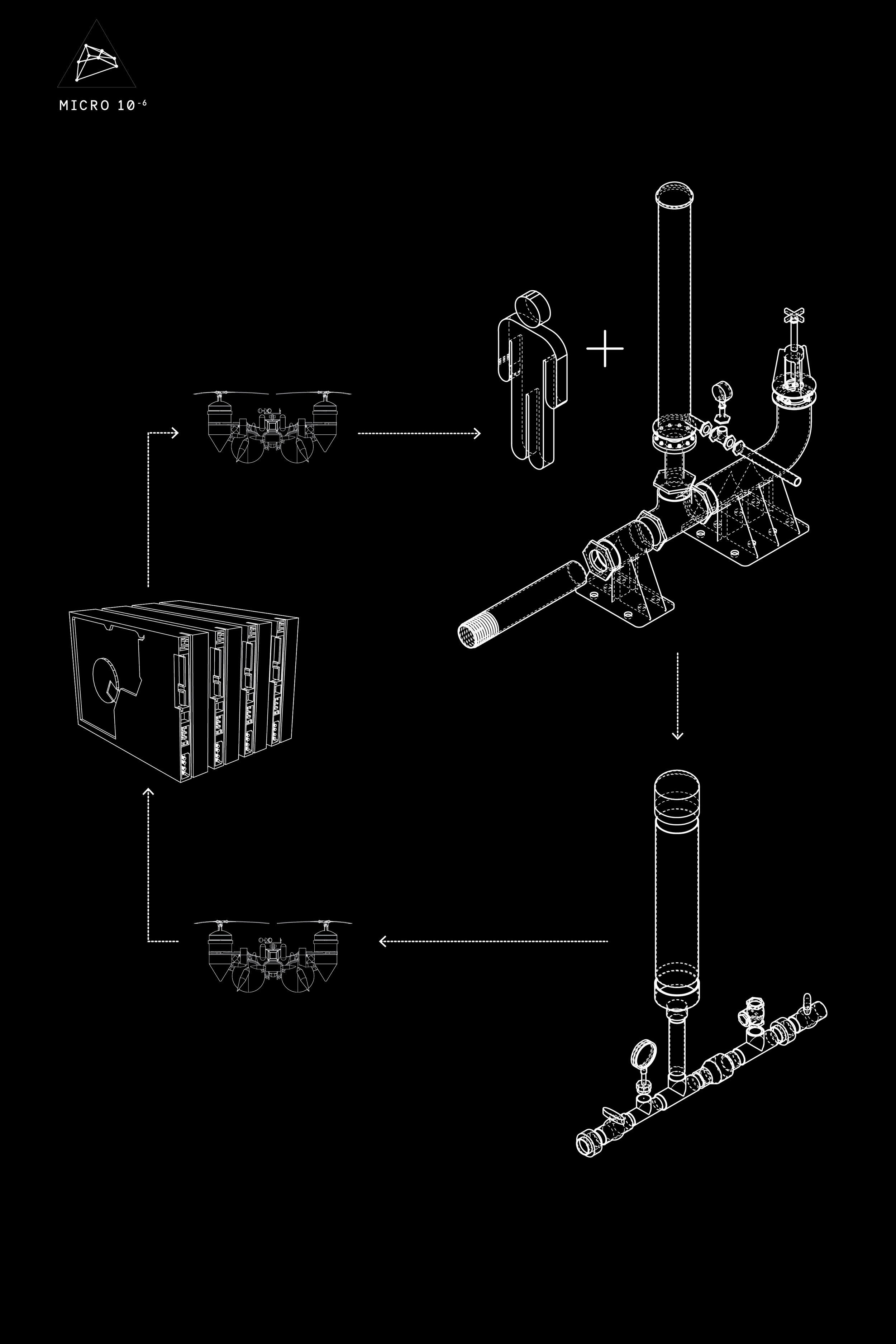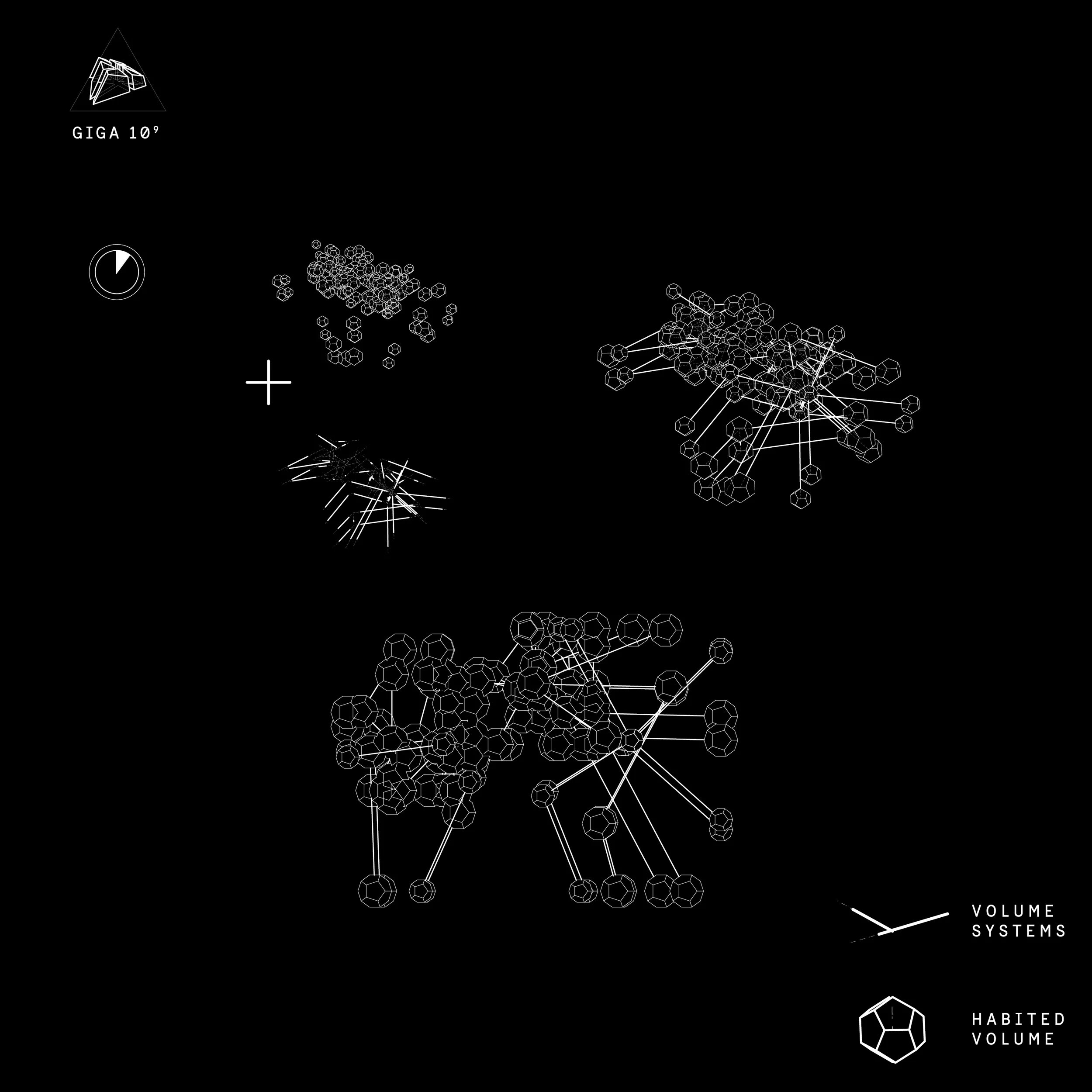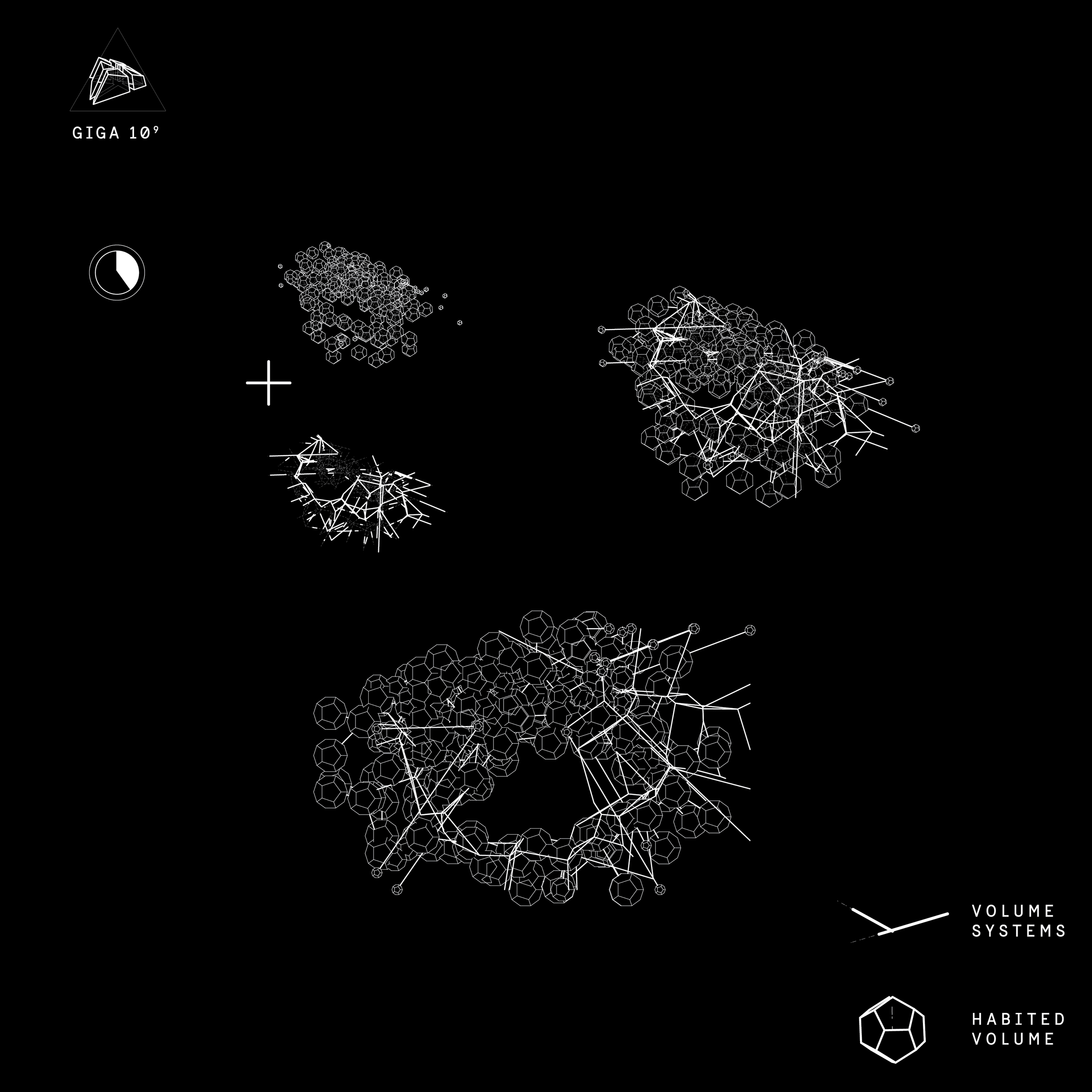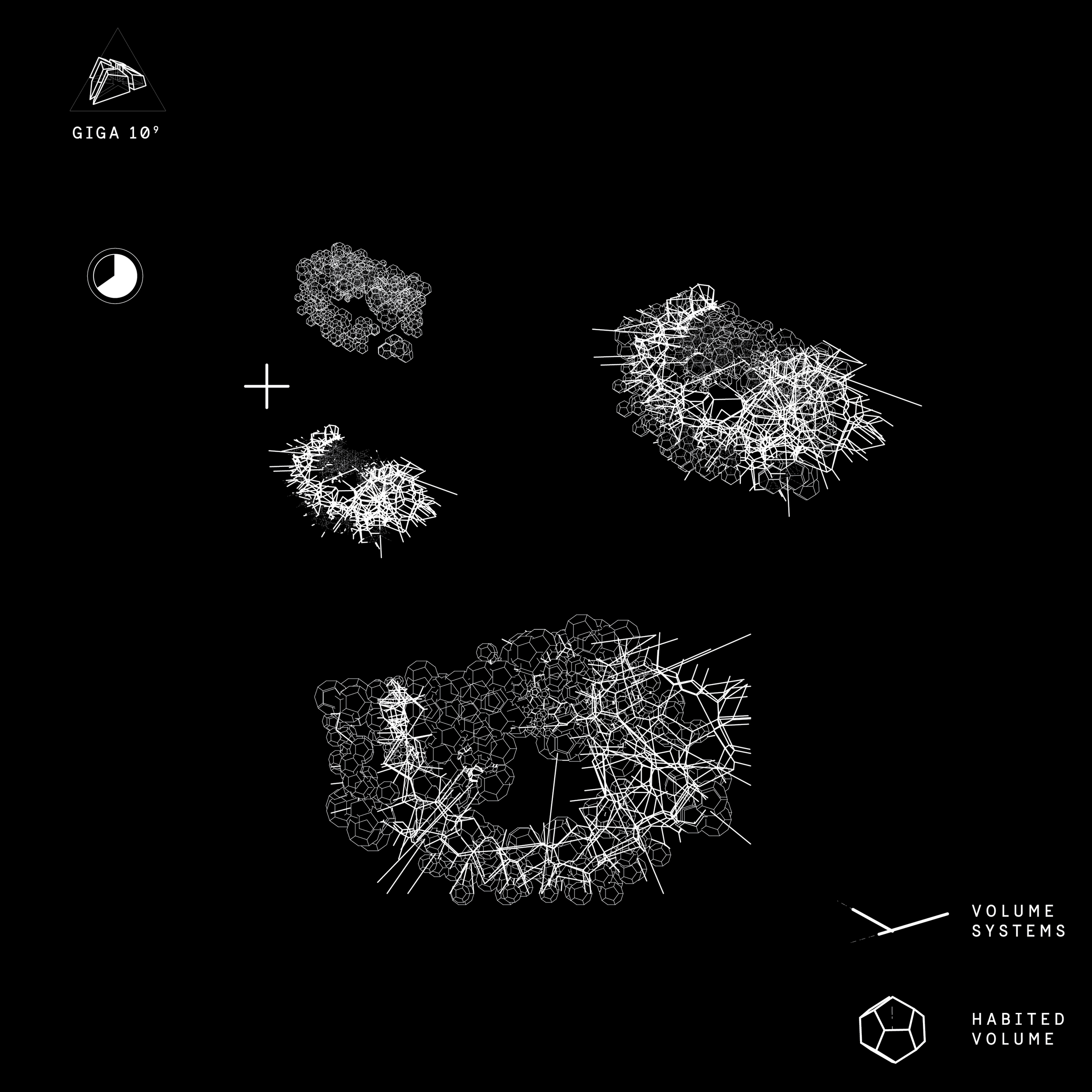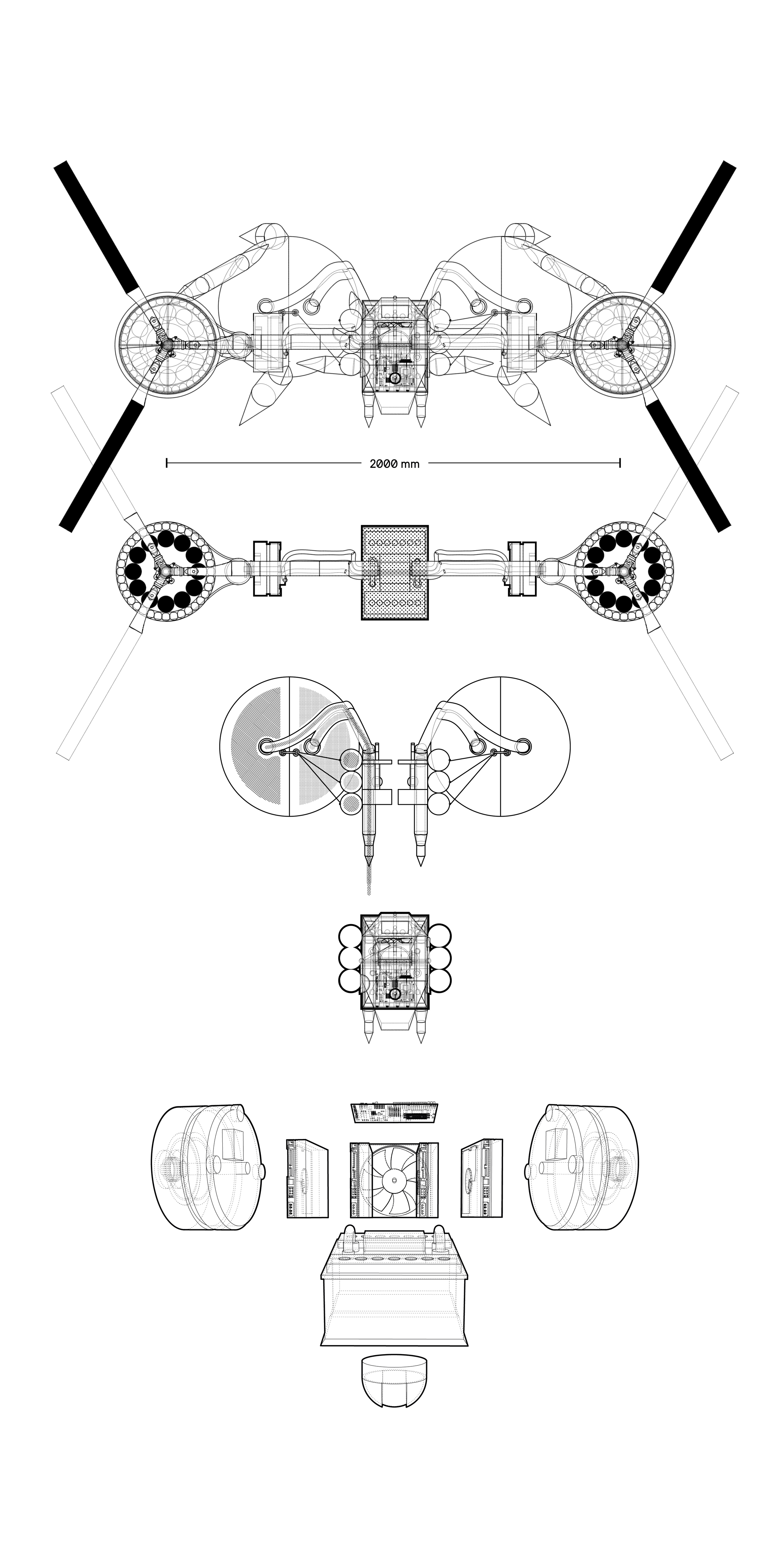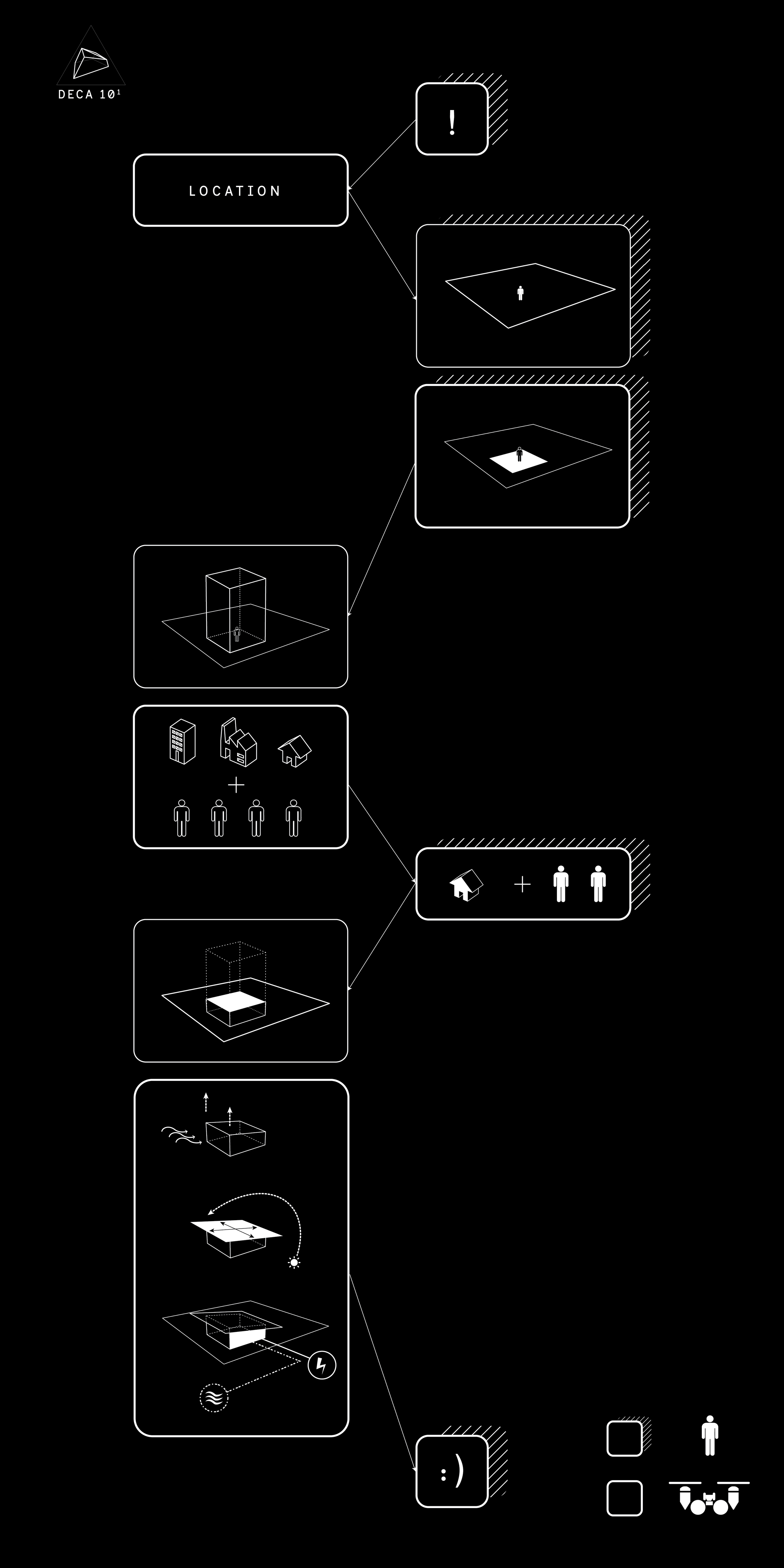LOLA - another housing project
Project Team : Jimmy Darling
Instructor: George Elvin
Advising: Gernot Reither + Scott Truex + Geralyn Strecker
As a criticism of our final capstone competition, This project sought to take a critical look at the role and obligation we had as designers and architects. The 'Breaking New Ground' Competition brief required us, as Architects, to propose " affordable housing needs for farmworker and service worker families in the Coachella Valley ". The competition mentions that these workers "have little or no access to healthcare, transportation, and other supportive social services" without ever explicitly acknowledging how their legal status is greatly responsible from their plight. As a solution the competition urged creative professionals and students to build "compelling architecture" that is "affordable housing project" to resolve a crisis that would not be resolved by another housing project.
This competition left us conflicted in understanding our role as Architects, designers and as future professionals. We increasingly came to realise the need to acknowledge our limitation as Architect and how we chose to tackle such seemingly irrational and absurd problems even at a theoretical level, is an indicative of the philosophies and principles we choose to carry as design professionals.
In an attempt to wrap our heads around the problem we formulated rules and guidelines in our strategy to attempt to understand the problem and suggest one of many possibilities that could ameliorate it incrementally. This text is brocken into 3 parts the first being the logic behind our thought processes , the second being the pillars of the research and the third a suggestion of a possible implementation.
Part I
At the micro scale, architecture has limited influences on major social issues. Questioning the notion of an architect and the inherent social responsibilities leads to the realisation of our limitations. An argument that is well highlighted by William McDonough and Michael Braungart in their Hannover principles. This is done demonstrated in their eighth principle:
“Understand the limitations of design. No human creation lasts forever and design does not solve all problems. Those who create and plan should practice humility in the face of nature. Treat nature as a model and mentor, not as an inconvenience to be evaded or controlled”[1]
Architects cannot solve the issue at hand, however they do have the tools to make a difference. The tools we possess as design professionals begin to overlap with socio-political landscape in a significant manner at the macro scale more so than the micro. The macro scale provides us with the unique opportunity to discover the overlap between social issues and architectural design.
[1] McDonough, William, and Michael Braungart. "5." The Hannover Principles: Design for Sustainability. S.l.: William McDonough Partners and McDonough Braungart Design Chemistry, 2003. N. pag. Print.

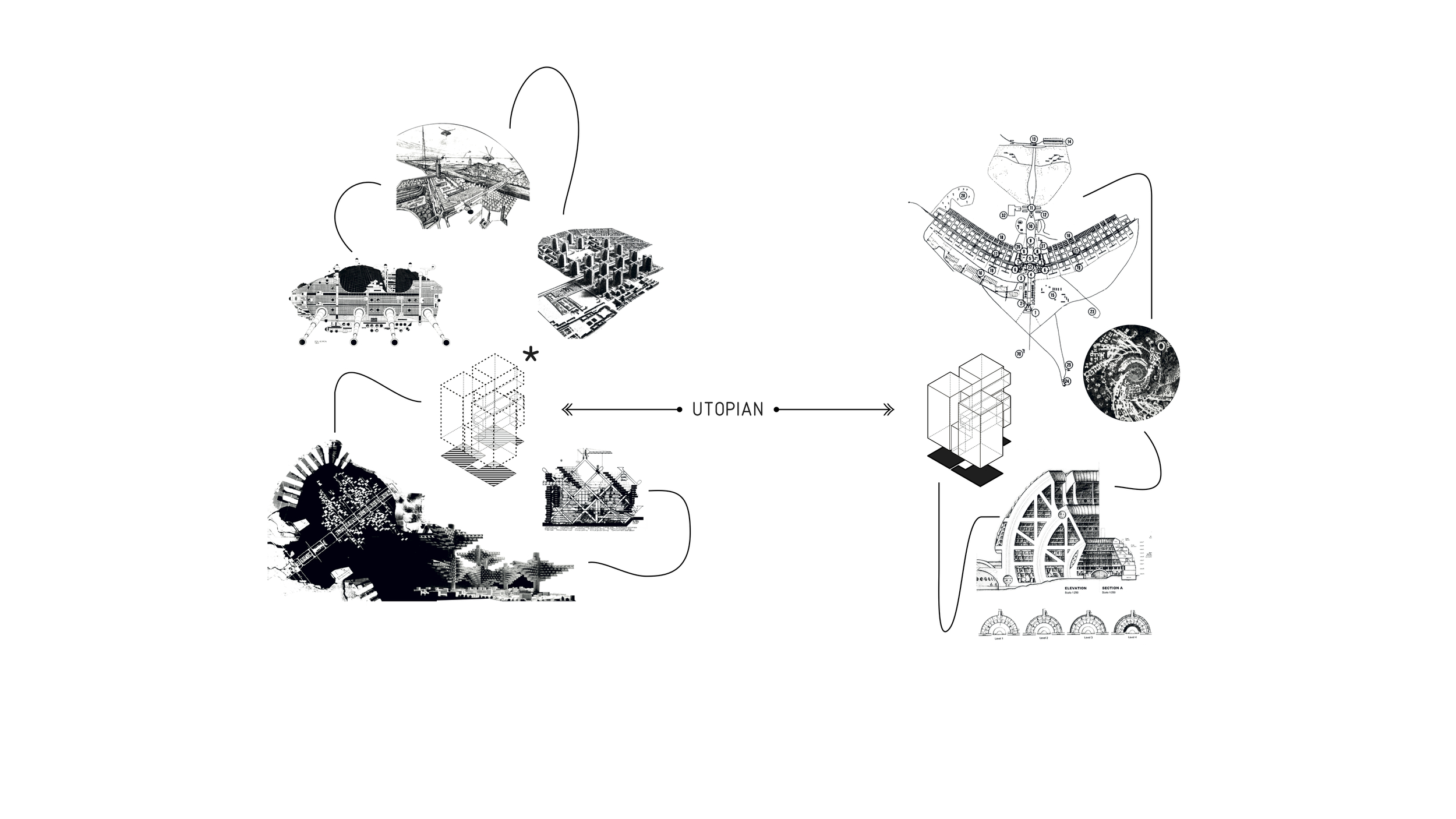
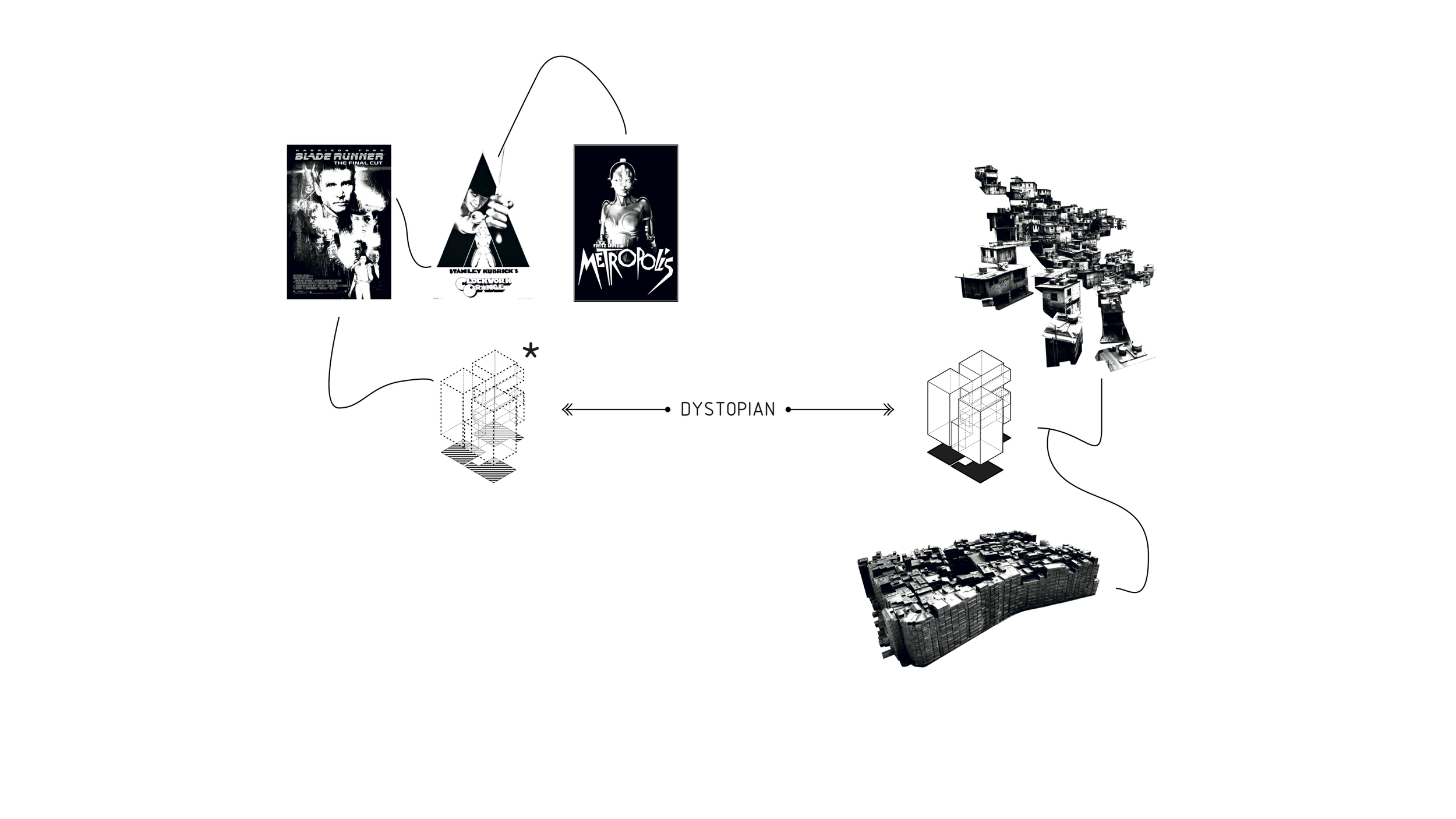
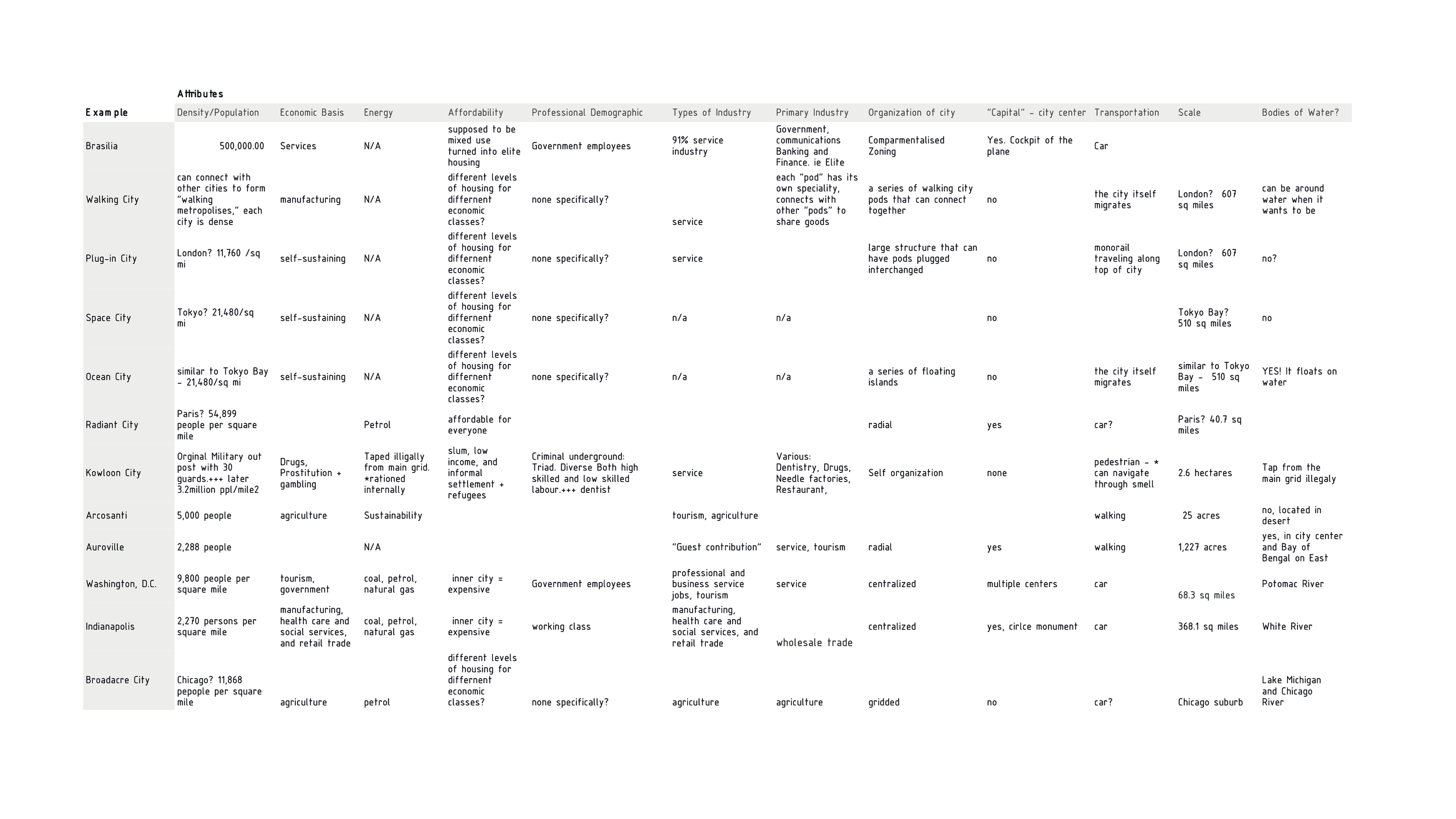
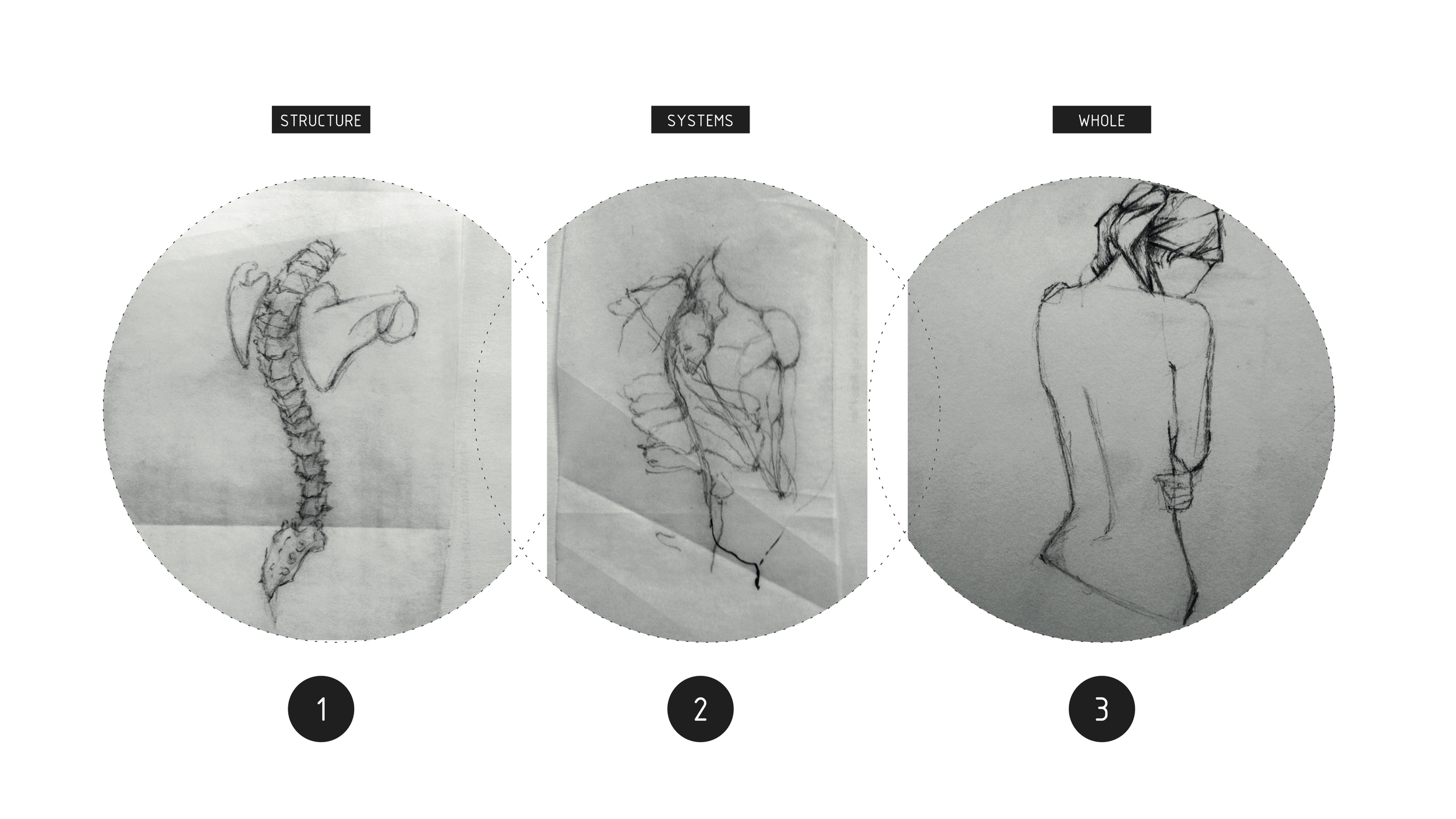
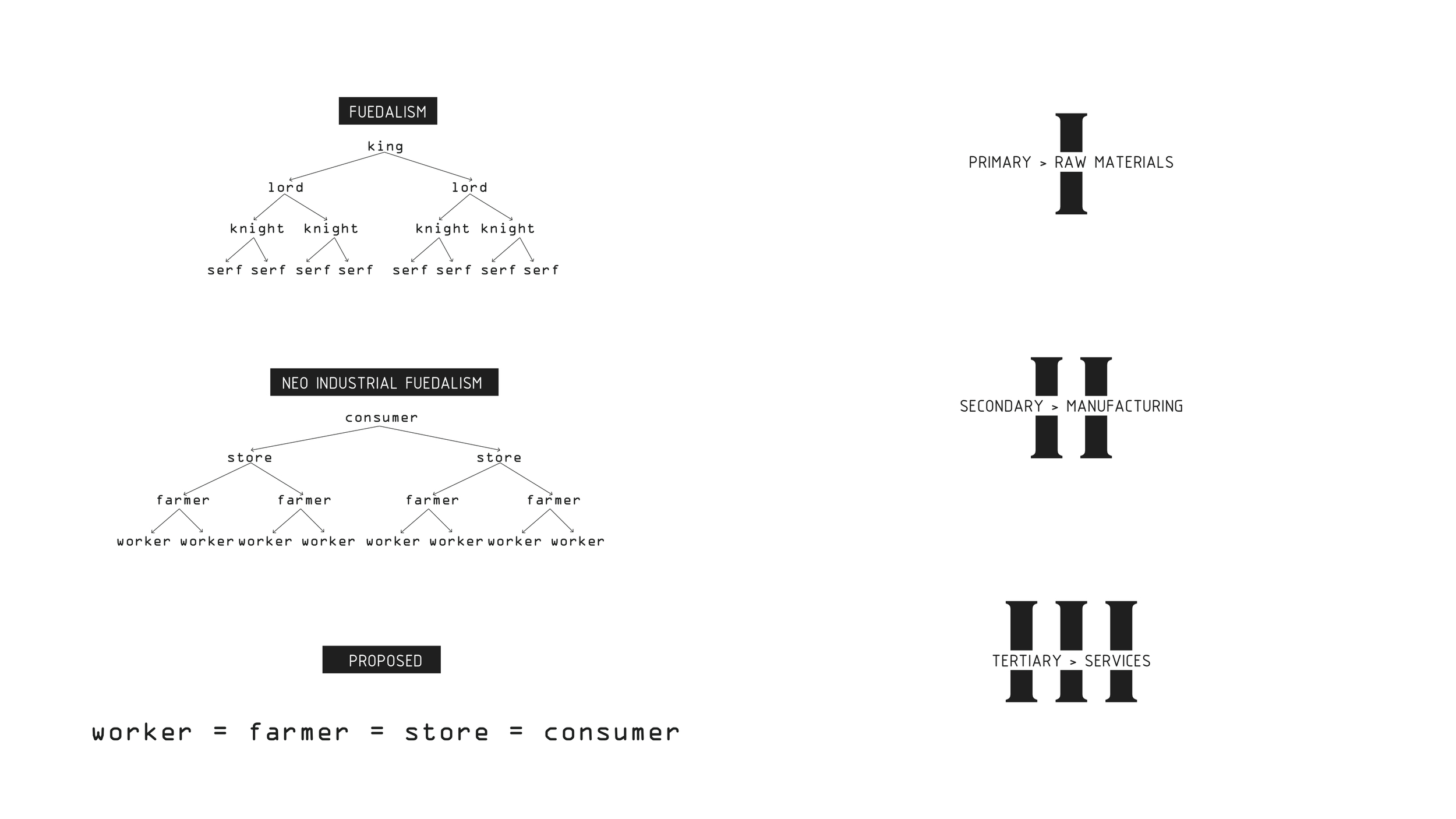
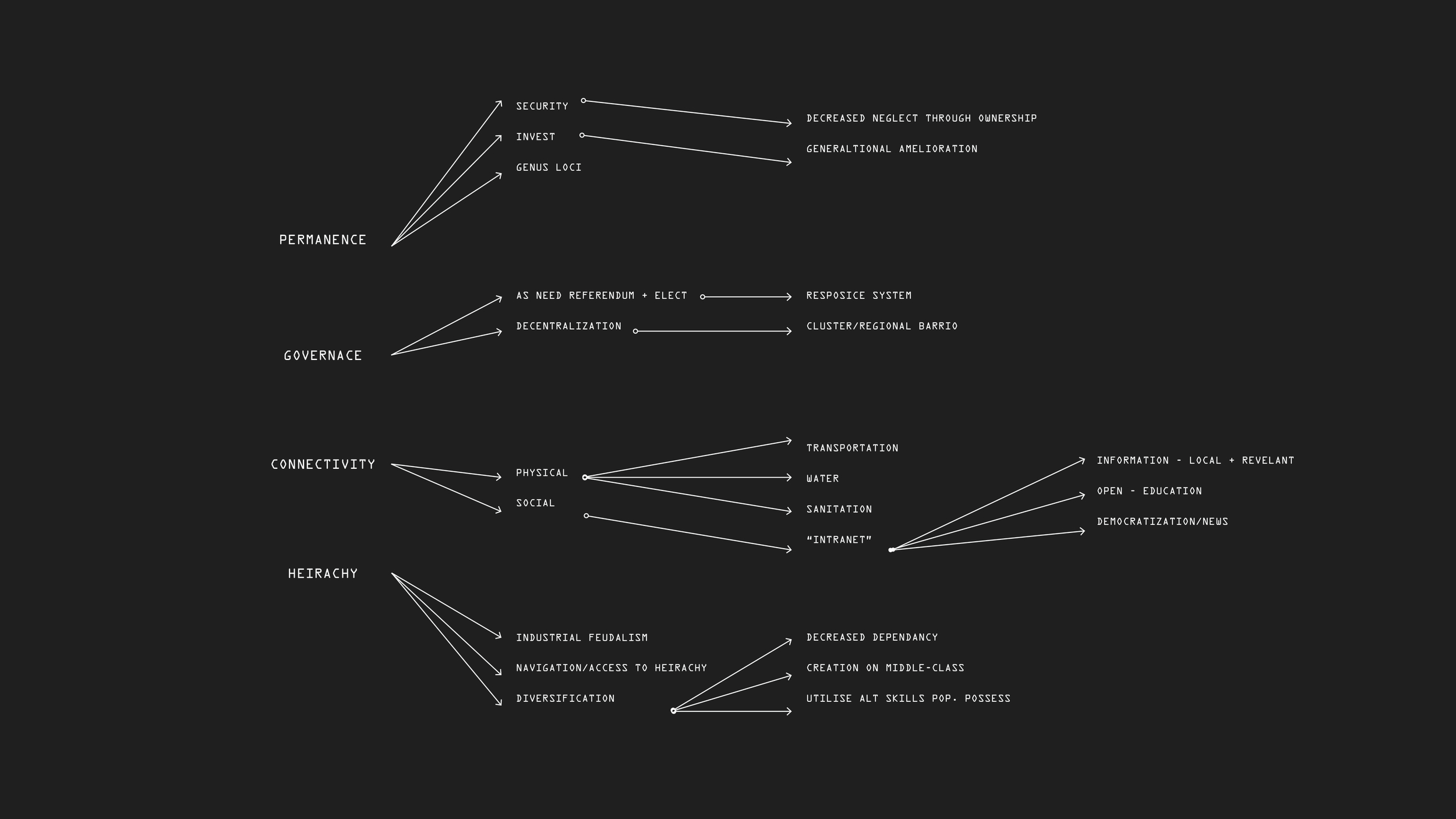
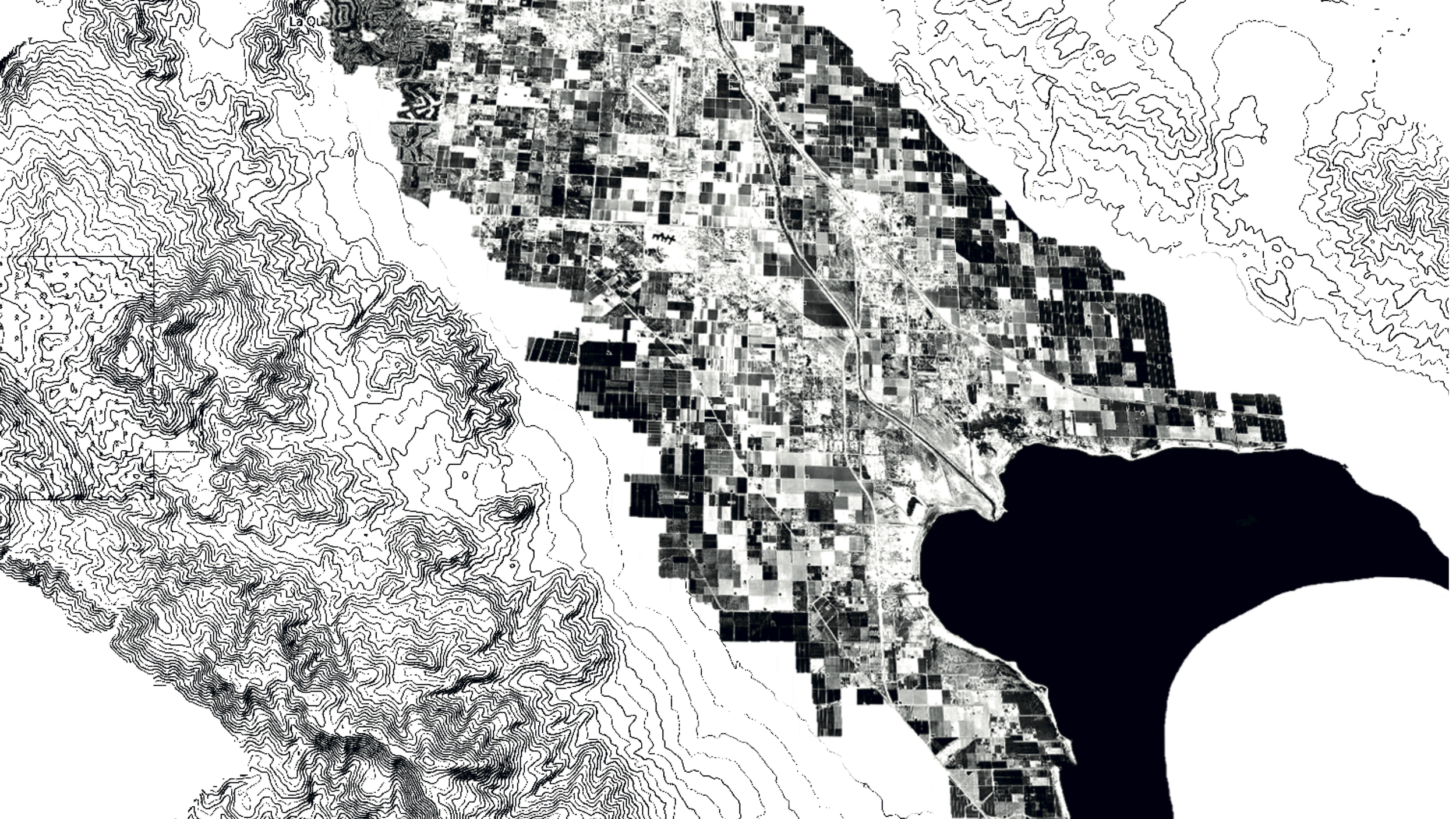
The research begins by analysing cacotopia and utopian societies, both existing and theoretical. Understanding how these projects succeed and fail and comparing them to the current situation in the Coachella Valley helps derive a set of principles for facilitating a societal growth. A precedent in our research that greatly influenced these principles was Kowloon Walled City in Hong Kong. It included no formal architecture, but organically developed into a functioning society. Kowloon, like many other slums are considered cacotopias, yet they are efficient in nature, hyper rational and great proponents of popularised design concepts such as mixed-use buildings and recycling. Their shortcomings lie however in essential infrastructure capacities, such as sanitation, water, electricity, etc. A solution to this is often simply institutionally building one. This however creates a rigid infrastructure, which in turn dictates urban form. A notion which is in direct conflict to the organic growth and flux that is true of our societies.
PART II
The United States government recognises a large population of the area as illegal immigrants. This population contributes to the agrarian economy, but does not gain proportional benefits due to their illegal status. Exploring this disparity is necessary for developing a mutually beneficial population that is not merely determined by resident status.
Permuting from our research, a series of parameters were derived to guide the growth of a successful society. They include: permanence, governance, connectivity, and hierarchy. These were then taken applied to the question at hand.
Permanence
Having a nomadic lifestyle results in an absence of a sense of permanence. It discourages social and material investment within the fabric of the urban environment and diminishes genus loci. Establishing permanence encourages us to invest, physically emotionally and financially in a place. This in turn leads to a generational amelioration – a concept which is key to the betterment of a society especially when viewed as an ongoing cyclical process as opposed to a linear one with an end.
Governance
Although perceived negatively, being a disenfranchised subsociety grants us a unique opportunity of operating outside of a bureaucratic realm. Bureaucratic processes often hinder the dynamic response required, to resolve issues of a society in constant flux. A new reactionary and flexible form of government aids in decentralization, which further erodes the role of bureaucracy. As-needed referendums and elections become popular for such societies, rather than the existing electoral system that hinders dynamic growth.
Connectivity
A connected society is a communicating society. Connectivity, facilitates our ability to share resources that benefit both the individual and the society as a whole. This occurs in two facets : Physical connectivity and Digital connectivity. Physical connectivity need be designed as a continuum rather than a stagnant infrastructure. This enables it to constantly adapt and improve over time. Digital connectivity that occurs not simply at a global scale but feed on a regional sensibility and feedback loop of information, keeps information relevant, local and true to the community. As a result a hyper-regional network of communication can be created, which will allow regional development without dependency on external resources.
Hierarchy
Creating and sustaining the three industrial sectors leads to the development of mutually beneficial primary, secondary, and tertiary industries. Decentralizing industry makes our society less vulnerable to failure and shocks inflicted by external influences/pressures. The society becomes holistically self-sufficient by extracting, producing, servicing, and consuming, creating a diverse growth of jobs not based on seasonal needs. The measure of true wealth is not hinder on ones financial wealth, but rather in the nature and number of choices we have available to us. A society with various choices is a wealthy society.
Viewing ourselves as enzymes rather than catalysts propagates societal growth. With the goal of fostering efficient growth, we developed a set of design decisions. Not imposing a rigid development framework for the architecture allows the society to determine its own form. As tools encourage efficient growth, the architecture becomes adaptive to the society in its current situation and what it will become in the future. Surrendering control of the architecture fosters a new sense of ownership. One that is true to its purpose and intent.
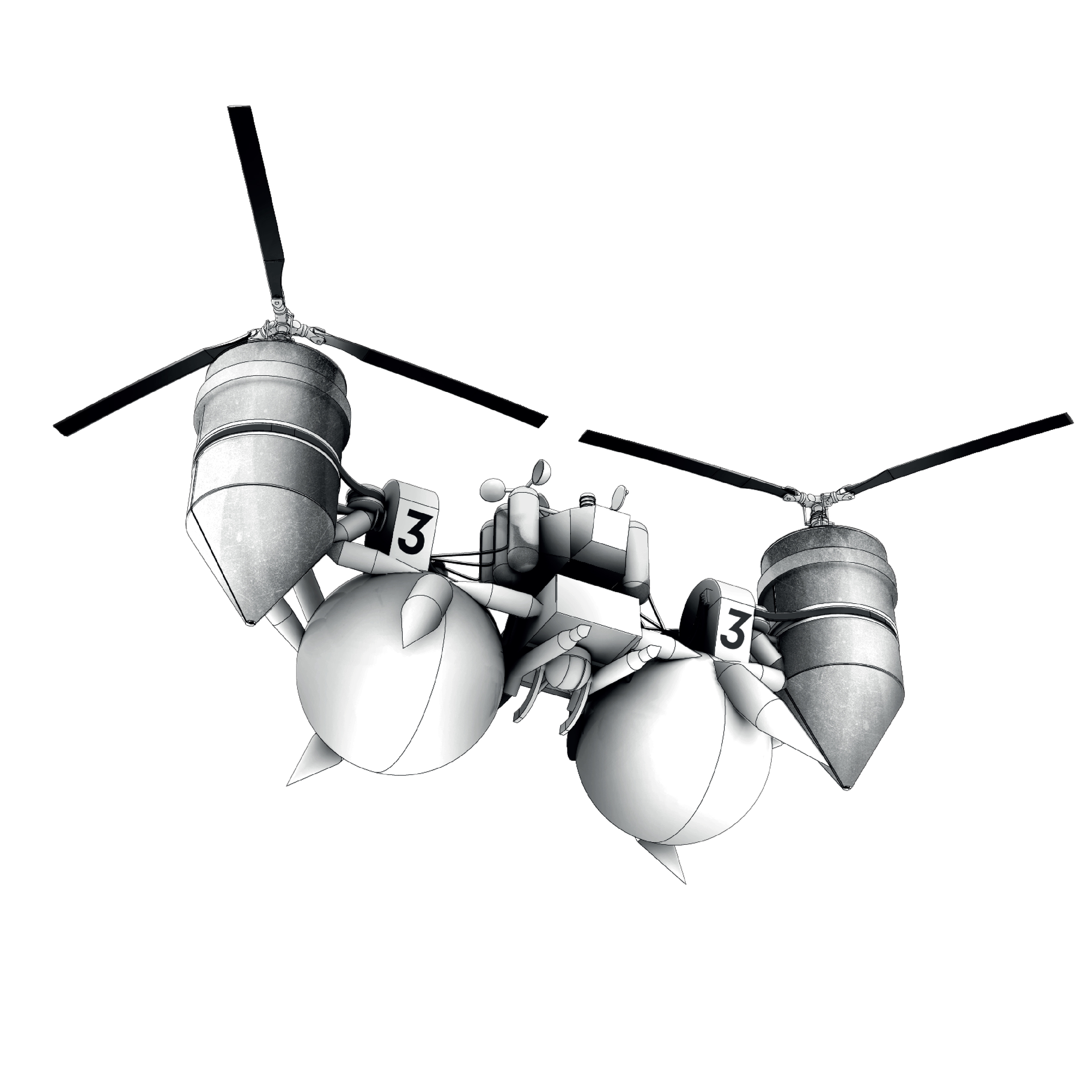
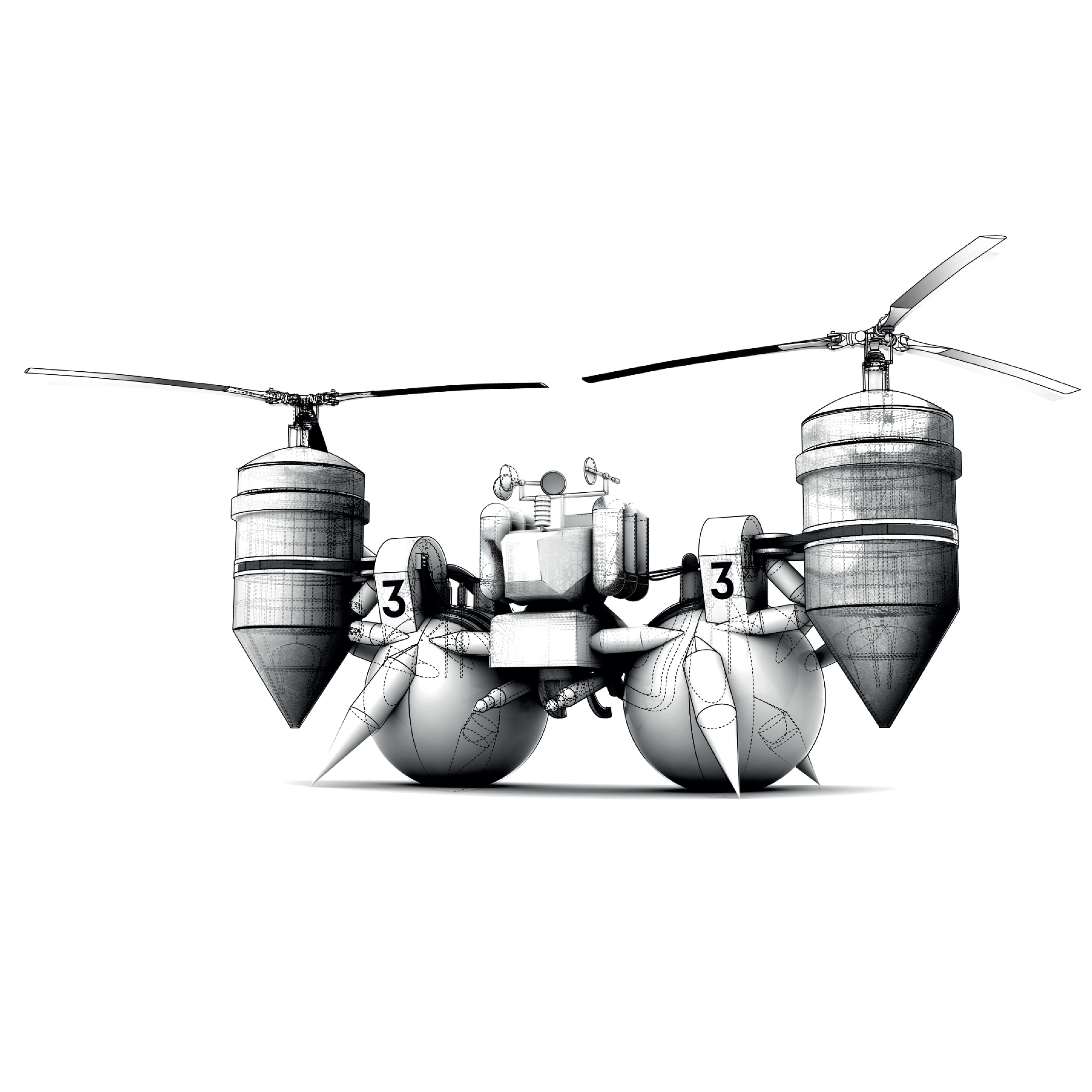
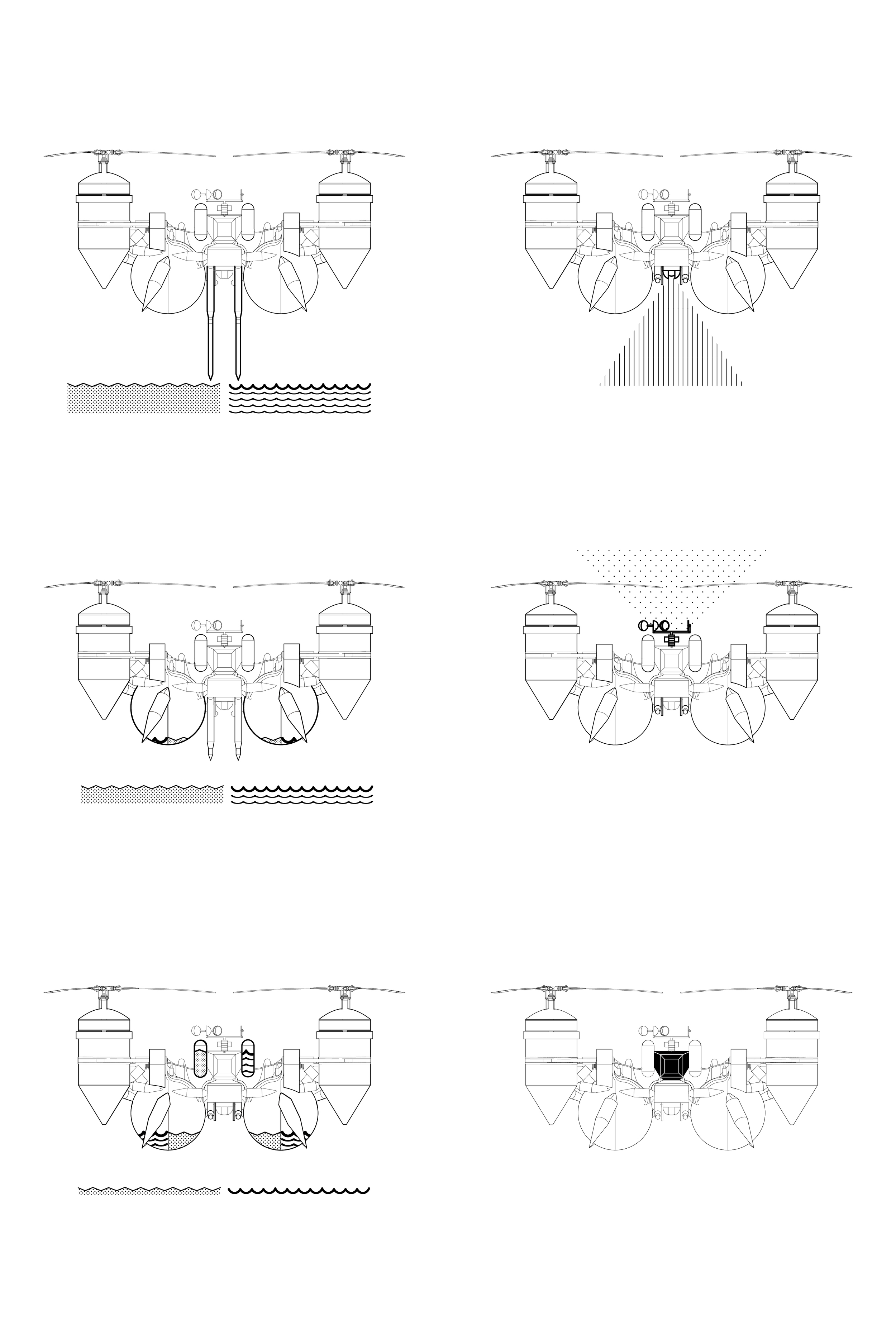
PART III
stage 1
The creature begins with the exploration and documentation of its assigned region. It records environmental factors such as weather, topography, natural resources, etc. It then analyses population densities and maps out current land uses and building strategies. It finds what resources and materials are available, where the people come from, and what kind of techniques/knowledge the people already bring to the area.
stage 2
It plants itself in a location that becomes most convenient for the people of the area.
stage 3
During the third stage, the creature begins broadcasting and gaining data from the region to add to its warehouse of information. Texting becomes the medium of communication between the community members and the creature. Cell phones are popular devices that already encourage connectivity between people, so routing queries through the creature’s broadcasting system.
stage 4
The maintenance of the creature is facilitated due to the analog nature of all of its components along with the information about its functioning open-sourced by other creatures. This reduces the need for a third party that would otherwise be required to correct a problem.
